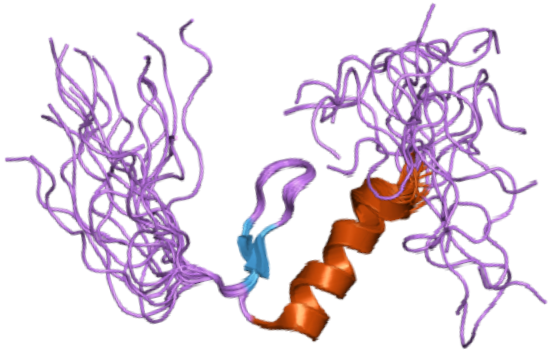©Copyright 2018 GEOSCIENCE RESEARCH INSTITUTE
11060 Campus Street • Loma Linda, California 92350 • 909-558-4548

Lambert, SA, AWH Yang, A Sasse et al. 2019. Similarity regression predicts evolution of transcription factor sequence specificity. Nature Genetics 51(June):981-989. https://doi.org/10.1038/s41588-019-0411-1

Summary. Transcription factors are proteins that bind specific sequences of DNA and are major actors in gene regulation. They turn genes on or off in the proper sequence to control development, growth and cellular function. Transcription factors have a DNA-binding domain (DBD) that is responsible for the specificity of binding to the DNA. It has been widely believed that transcription factors are highly similar in most eukaryotes, but the results reported here give a different story. Transcription factors were compared by aligning their amino acid sequences and determining the percentage similarity, a method called “similarity regression.” Results showed that nearly half of transcription factor binding specificities are different between humans and fruit flies (Drosophila). Differences were largely due to a particular type of DNA-binding domain known as a C2H2 zinc finger. Humans and chimps each have dozens of unique transcription factors, especially of the zinc-finger type, that would affect expression of hundreds of different genes. Such differences are probably pervasive among eukaryotes, and may correlate with differences in body architecture.
Comment. Differences in species morphology are due to differences in development, and transcription factors are critical players in regulating development. Thus, differences in transcription factors are likely responsible for many differences in morphology among animals. Identification of differences in transcription factors between humans and chimpanzees may help explain the morphological differences between the two species, and explain why such different creatures can be designed from similar sets of proteins. This suggests the metaphor of a “genomic piano,” in which the same set of proteins (piano keys) can produce a wide variety of different body types (“tunes”) due to differences in design of the gene regulatory system (musical score).